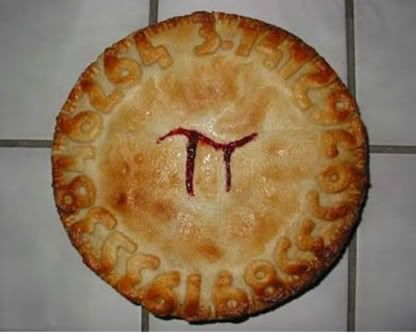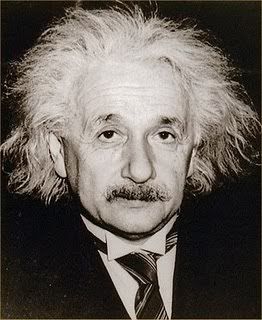Today’s topic is pi: that glorious number that is more than a number. It is a phenomenon.
Some people think of pi as 3.14.
Some people think of pi as π.
Some people think of pi as

The dictionary says pi is:
1: the 16th letter of the Greek alphabet
2a : the symbol π denoting the ratio of the circumference of a circle to its diameter
b : the ratio itself : a transcendental number having a value rounded to eight decimal places of 3.14159265
Wikipedia goes into a little more detail:
π (sometimes written pi) is a mathematical constant whose value is the ratio of any Euclidean plane circle’s circumference to its diameter; this is the same value as the ratio of a circle’s area to the square of its radius. It is approximately equal to 3.14159265 in the usual decimal notation. Many formulae from mathematics, science, and engineering involve π, which makes it one of the most important mathematical constants
The Wikipededia continues:
π is an irrational number, which means that its value cannot be expressed exactly as a fraction m/n, where m and n are integers. Consequently, its decimal representation never ends or repeats. It is also a transcendental number, which implies, among other things, that no finite sequence of algebraic operations on integers (powers, roots, sums, etc.) can be equal to its value
That is a lot to digest, especially irrational and transcendental which seem more suited for talk of personalities rather than numbers. So lets look at some other things about pi.
You cannot celebrate pi day in Europe because 14.3 is not the same as 3.14. Actually, you could celebrate it but it would require some explaining.
The Guinness World Book record for memorized digits is 67,890 held by Lu Chao of China. It took 24 hours and 4 minutes to recite.
If 3.14 feels somewhat, well, incomplete, it is because it is. Even this needs elipses.
3.141592653589793238462643383279502884197169399375105820974944592307…
Because pi cannot be calculated to a conclusion. You could have a million decimal places, a trillion decimal places, and you would still not be done.
Nobel prize winning poet Wisława Szymborska wrote a poem about that:
The admirable number pi:
three point one four one.
All the following digits are also just a start,
five nine two because it never ends.
[…]
The caravan of digits that is pi
does not stop at the edge of the page,
but runs off the table and into the air,
over the wall, a leaf, a bird’s nest, the clouds, straight into the sky,
through all the bloatedness and bottomlessness.
It’s neverendingness (∞) has been used to thwart criminals:
In the Star Trek: The Original Series episode “Wolf in the Fold”, after a murderous alien entity (which had once been Jack the Ripper) takes over the Enterprise’s main computer with the intention of using it to slowly kill the crew, Kirk and Spock draw the entity out of the computer by forcing it to compute pi to the nonexistent last digit, causing the creature to abandon the computer, allowing it to be beamed into space.
.
So today, 3.14, celebrate your inner geek.
Go to the Pi Day web site to check out pi stuff.
Invent a pi-ku (1st line: 3 syllables, 2nd line: 1 syllable, 3rd line: 4 syllables).
Bake a pie.

.
Enjoy some music.
.
Celebrate a famous physicist’s birthday.

Or the birthday of our famous physicist:
Happy birthday, rb137. GEEK!!
.
And count the days until Pi Day 2015 when, at 9:26:53am (wherever you are), it will be 3.141592653. Better, but still not perfect.
(Crossposted from Views from North Central Blogistan)
33 comments